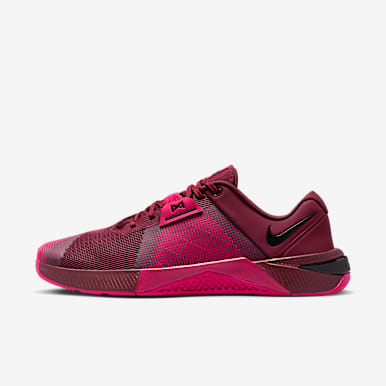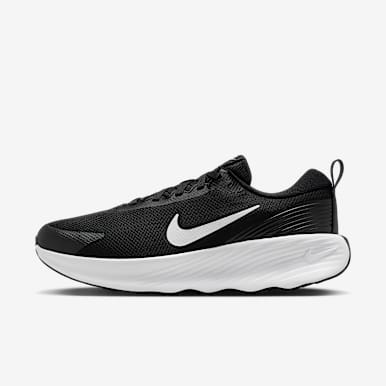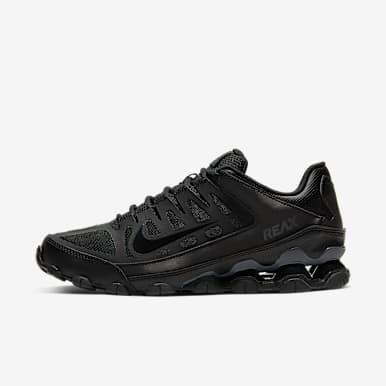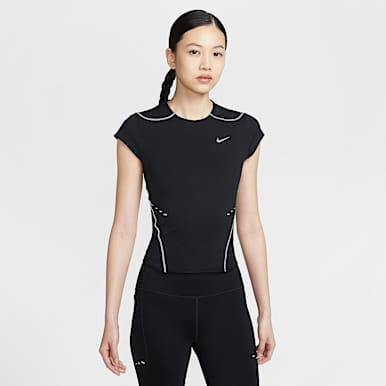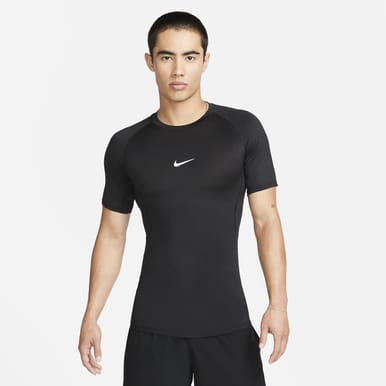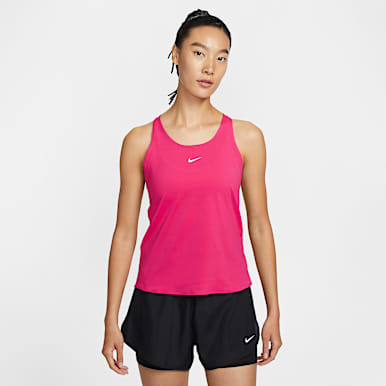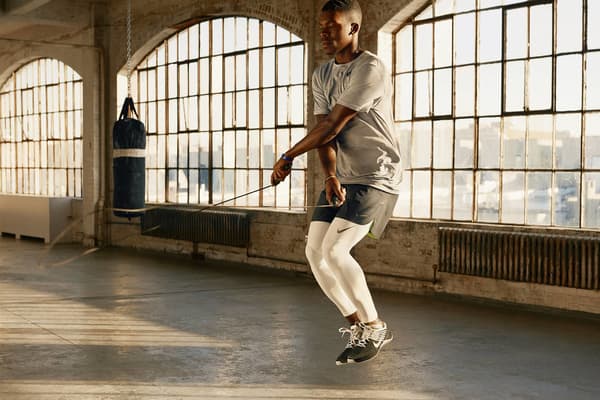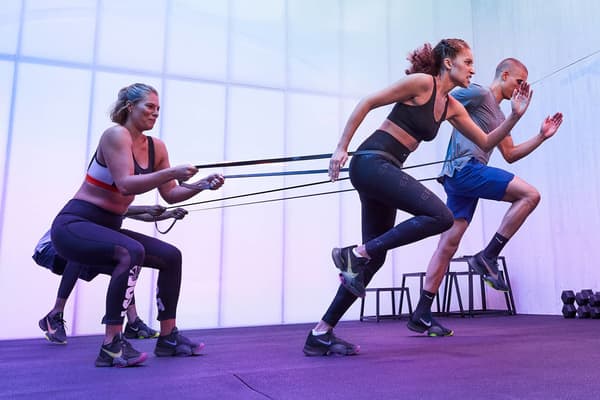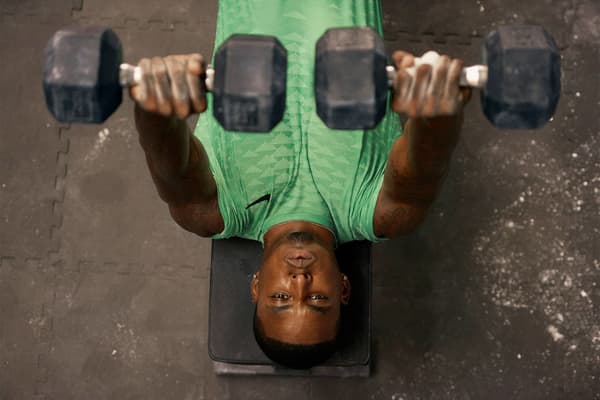Running vs Rowing: What's the Better Workout?
Sport & Activity
Sport and fitness experts weigh in on the advantages of each and on which one will help you reach your goals.

Picture this: You're feeling energised and you're gearing up to smash a workout. When you hit the gym, you see an open rowing machine and a treadmill, but which do you choose? Is rowing better than running when it comes to energy expenditure? Or—if you're comparing the machines and not the activity—is a rowing machine better than a treadmill when you're trying to break a sweat?
But those aren't necessarily the questions you should be asking. You can get an efficient endurance-building workout with either. The "best" option for you comes down to what your goals are, according to Reda Elmardi, R.D., CSCS. When settling the "rowing vs running" debate, he says it's best to first identify what you're trying to achieve.
Here's a look at which option has the advantage for specific goals.
1.Get a Full-Body Workout: Rowing
Although rowing involves pushing back with your legs, you also use your arms and shoulders to pull the handlebar back, making it an excellent upper-body workout. "In general, rowing builds muscle mass faster than running", Elmardi says.
One study found that rowing uses nearly 85 percent of the body's muscles, while running is considered a lower-body exercise, meaning it uses fewer muscles overall, says Elmardi. Plus, long-distance running may increase muscle protein breakdown, which slows muscle growth.
2.Burn the Most Calories: Running
While this depends on how hard you're working, if you're putting equal effort into rowing and running, the latter may have a slight advantage for burning more calories, according to Tom Holland, CSCS, author of "The Micro Workout Plan" and "The Marathon Method".
For example, let's say a person weighing 70kg running at a 12-minute per mile pace—which is considered moderate—for one hour burns about 576 calories, according to Harvard Health Publishing. Rowing at a moderate pace burns about 504 calories.
That's not a dramatic difference, but if your main goal is calories burned, Holland says running tends to be the better workout, especially because it's easier to integrate sprinting into the mix. If you do more vigorous running at 6 mph (10 minutes per mile), that's 720 calories per hour.
Bear in mind that the above numbers are estimates. Many factors go into caloric expenditure, such as gender, metabolism and fitness level. The amount of calories you burn during a specific exercise may not be the same as what someone else burns in the same amount of time.
3.Protect Your Joints: Rowing
There are plenty of benefits to running, says Holland, including the ability to lace up and run anywhere, but that's not the case for rowing.
"That said, it can be stressful on the joints, especially the knees and hips", he adds. "Rowing is lower impact, so you can have the advantages of getting exercise and getting muscle recruitment without the drawback of stressing the joints".
However, if done incorrectly, rowing can cause issues in the lower back, particularly if you hunch over as you pull, Holland says. But in general, your joints will be more protected in an activity like rowing, which may be especially important if you've sustained an injury.
Don't miss: 5 Surprising Benefits of Walking Every Day, According to Experts!
4.Develop More Balance and Stability: Running
Because your limbs are moving in opposing directions, running requires a degree of balance and stability that gets stronger over time, according to Rocky Snyder, CSCS, author of the strength-training guide "Return to Center".
In contrast, rowing requires your arms and legs to move bilaterally—in sync—with no demand on balance and only a minor amount of stability. Both balance and stability transfer to plenty of other activities, from yoga to HIIT to team sports. So if you're interested in either running or rowing as cross-training for any of these activities, hop on that treadmill.
5.Get a Solid Sweat Sesh: Both
If you have time for only one machine, choose the one that fits your goals for that day. But if you have this option regularly, there are many benefits to switching it up, Snyder says.
"If you combine running and rowing on a regular basis—like doing each twice a week—you'll give your body the best of both worlds", he says. "It would at least provide two different means of physical demand that could complement each other".
Rather than splitting up your cardio workout by using both machines on the same day, Holland suggests alternating days. You could run on Mondays and Wednesdays and row on Tuesdays and Thursdays.
If it comes down to filling one more day in your schedule, he has a simple recommendation: pick the one you like to do the most. After all, enjoyment should be a major consideration for your workout, too.
Words by Elizabeth Millard
For more expert-backed tips, make sure you download the Nike Run Club App!

Nike Run Club
Listen to the Guided Runs in the Nike Run Club App and run with some of the best coaches and athletes, like Eliud Kipchoge, Shalane Flanagan and Mo Farah. Our Guided Runs give you the guidance you need to listen to your body, adapt to your training plan and become your own best coach.
